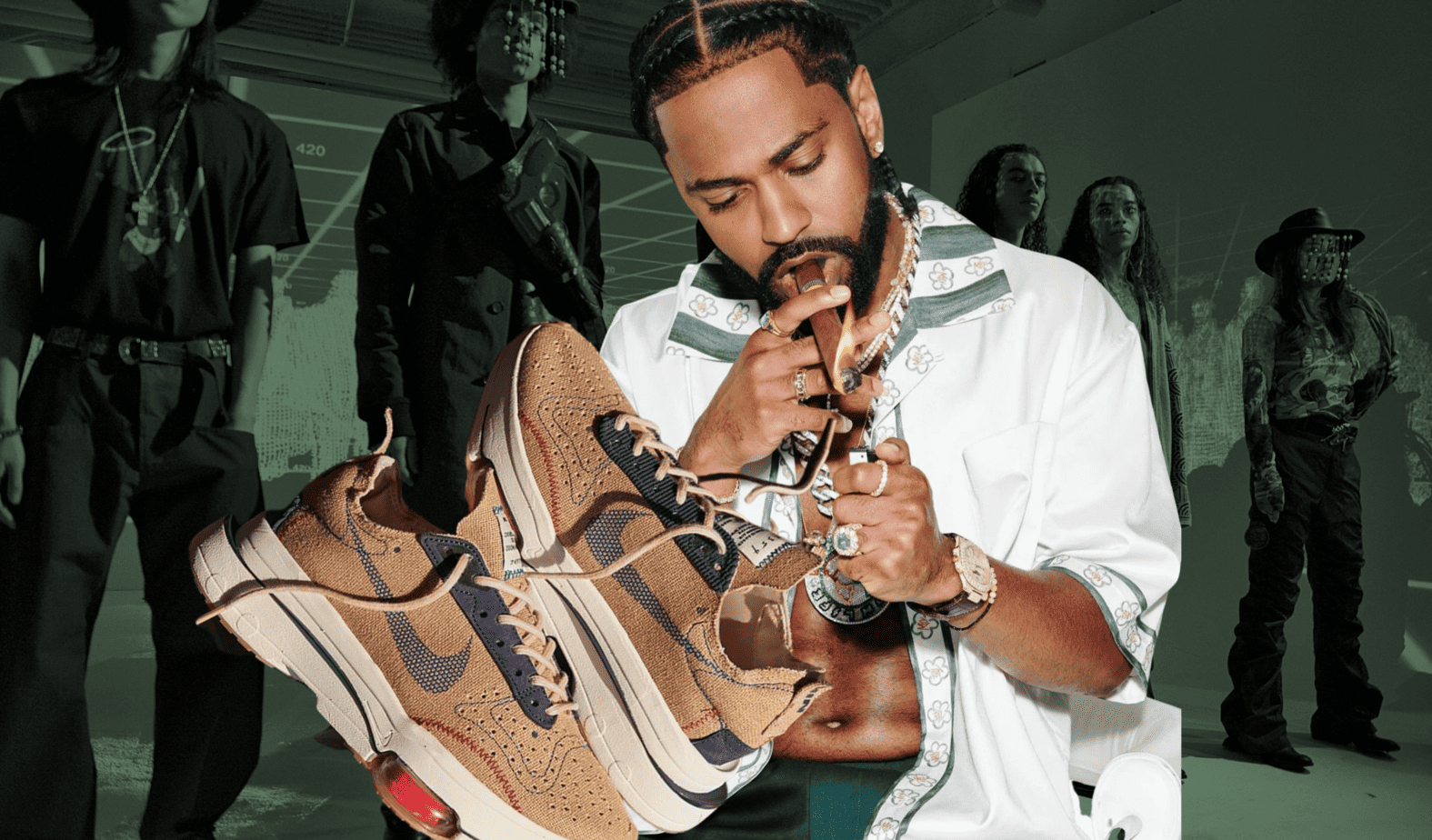In this article, you will delve into the fascinating world of hemp clothing and discover how it is perceived in the mainstream fashion industry. As hemp becomes more popular, it is important to understand its position in the fashion world and how it is viewed by consumers. By exploring the perception of hemp clothing, you will gain valuable insights into its potential impact on the fashion industry and its future in mainstream fashion. Get ready to uncover the truth behind the perception of hemp clothing and its role in shaping the fashion industry.
History of Hemp Clothing
Ancient Origins of Hemp Clothing
Hemp clothing has a rich and ancient history that dates back thousands of years. The use of hemp fibers for textile production can be traced back to ancient civilizations such as China, Egypt, and Mesopotamia. These early cultures recognized the many beneficial properties of hemp, including its strength, durability, and versatility. Hemp clothing played an essential role in providing clothing and other textiles for everyday use, as well as for ceremonial and religious purposes.
Revival in the 20th Century
After centuries of decline, the 20th century marked a significant revival of interest in hemp clothing. The discovery of the psychoactive properties of marijuana, a cousin plant of hemp, led to the enactment of strict laws and regulations that hindered the cultivation and use of hemp in many countries. However, as people began to realize the environmental and health benefits of hemp, there was a growing movement to reintroduce hemp into mainstream society. The efforts of activists, environmentalists, and fashion pioneers helped to bring hemp clothing back into the spotlight, leading to a resurgence in its popularity.
Hemp Clothing in the Modern Fashion Industry
In recent years, hemp clothing has gained recognition and popularity in the modern fashion industry. As the demand for eco-friendly and sustainable fashion continues to grow, hemp has emerged as a viable alternative to conventional fabrics. Many fashion designers and brands have started incorporating hemp into their collections, showcasing its versatility and style. With its unique texture, breathability, and durability, hemp clothing has become a sought-after choice for both consumers and fashion enthusiasts alike.
Perception of Hemp Clothing
Stereotypes and Misconceptions
One of the biggest challenges that hemp clothing faces in the mainstream fashion world is the presence of stereotypes and misconceptions surrounding it. Due to its association with marijuana, some people mistakenly assume that wearing hemp clothing will result in a psychoactive effect. However, it is essential to understand that hemp clothing is made from the fibers of the hemp plant, which contain negligible amounts of THC, the psychoactive compound found in marijuana. Dispelling such misconceptions is key to changing the perception of hemp clothing and encouraging its widespread acceptance.
Eco-Friendly and Sustainable Image
Hemp clothing is often celebrated for its eco-friendly and sustainable image. The cultivation of hemp requires significantly less water, pesticides, and fertilizers compared to other crops, making it a more environmentally friendly choice. Additionally, hemp plants have a natural ability to absorb carbon dioxide from the atmosphere, making them a valuable tool in combating climate change. The sustainability aspect of hemp clothing resonates with consumers who prioritize environmentally conscious purchases and seek to make a positive impact on the planet through their fashion choices.
Association with Hippie Culture
Hemp clothing has long been associated with the counterculture and hippie movements of the 1960s and 1970s. While this association may have once hindered its acceptance in mainstream fashion, it has now become a valuable asset. The fashion industry has embraced elements of bohemian and retro styles, making hemp clothing a desirable choice for those seeking a unique and nostalgic fashion statement. The association with hippie culture has transformed hemp clothing into a symbol of individualism, creativity, and free-spiritedness.
Potential Health Benefits
In addition to its environmental benefits, hemp clothing also offers potential health benefits. Hemp fibers are naturally hypoallergenic, making them an excellent choice for individuals with sensitive skin or allergies. Furthermore, hemp clothing has antimicrobial properties, which can help prevent the growth of bacteria and odors. These health-related advantages contribute to the growing appeal of hemp clothing among health-conscious consumers who prioritize comfort, well-being, and sustainability in their fashion choices.
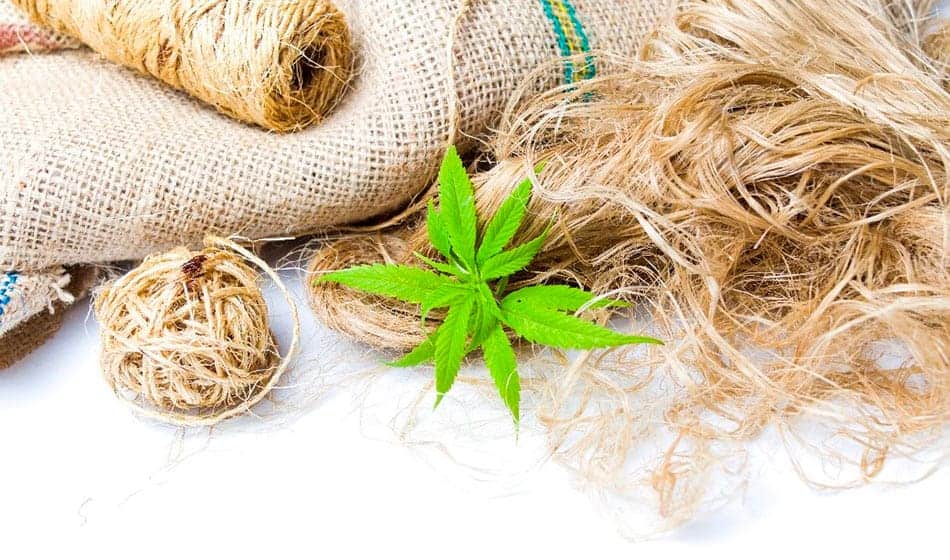
This image is property of explorewithirina.com.
Challenges Faced by Hemp Clothing
Legal Restrictions and Regulations
One of the significant challenges facing the hemp clothing industry is the legal restrictions and regulations surrounding the cultivation and production of hemp. In some countries, hemp cultivation is still highly regulated due to its close association with marijuana. These restrictions can hinder the availability and accessibility of hemp fibers for textile production. However, as governments and lawmakers become more open to the benefits of hemp, there has been a gradual loosening of regulations, allowing for greater cultivation and use of hemp in the fashion industry.
Limited Awareness and Availability
Another obstacle that hemp clothing faces is limited awareness and availability. Despite its growing popularity, hemp clothing is still relatively niche compared to more mainstream fabrics. Many consumers may be unaware of the benefits and possibilities that hemp clothing offers, which can limit demand and market growth. Increased education and promotion efforts are crucial in raising awareness about hemp clothing and making it more readily available to consumers through retail stores, online platforms, and fashion events.
High Production Cost
Hemp clothing production can be more expensive compared to conventional fabrics. This is primarily due to the limited infrastructure and specialized equipment required for processing hemp fibers. Additionally, the cultivation and harvesting of hemp plants may require more labor-intensive methods. These factors contribute to higher production costs, which, in turn, can make hemp clothing less affordable for some consumers. However, as the demand for hemp clothing increases, advancements in production techniques and economies of scale are likely to reduce costs and enhance affordability.
Competition from Synthetic Fibers
The rise of synthetic fibers, such as polyester and nylon, has presented a significant challenge to the hemp clothing industry. Synthetic fabrics are widely available, inexpensive, and offer a wide range of properties and finishes. However, they are derived from non-renewable resources and have a detrimental impact on the environment. Educating consumers about the drawbacks of synthetic fibers and highlighting the benefits of hemp clothing is crucial in shifting consumer preferences towards more sustainable and environmentally friendly options.
The Rise of Hemp Clothing in Fashion
Shift towards Sustainable Fashion
The fashion industry has witnessed a significant shift towards sustainable fashion in recent years. Consumers are now more aware of the environmental and social impact of their clothing choices and are actively seeking out brands and products that align with their values. Hemp clothing has emerged as a frontrunner in the sustainable fashion movement due to its numerous eco-friendly characteristics. The fashion industry’s embrace of sustainability has paved the way for the rise of hemp clothing as a viable and fashionable alternative.
Incorporating Hemp in High-End Fashion
Hemp clothing is shedding its outdated image and making its mark in high-end fashion. Prominent fashion designers are incorporating hemp fibers into their collections, showcasing the potential of hemp clothing to be both luxurious and sustainable. The unique texture and versatility of hemp fibers lend themselves well to high-end fashion, allowing designers to create intricate and intricate designs that rival traditional fabrics. By adopting hemp in their creations, designers are not only making a fashion statement but also promoting sustainability and responsible practices within the industry.
Collaborations with Prominent Designers
To further solidify its place in the fashion industry, hemp clothing has been the subject of collaborations between established brands and prominent designers. These collaborations not only bring attention to the versatility and style of hemp clothing but also inspire innovation and creativity within the industry. By partnering with influential designers, hemp clothing is given the platform and exposure needed to reach a wider audience. Collaborations with designers help to bridge the gap between hemp clothing and mainstream fashion by showcasing its potential to be both fashionable and sustainable.
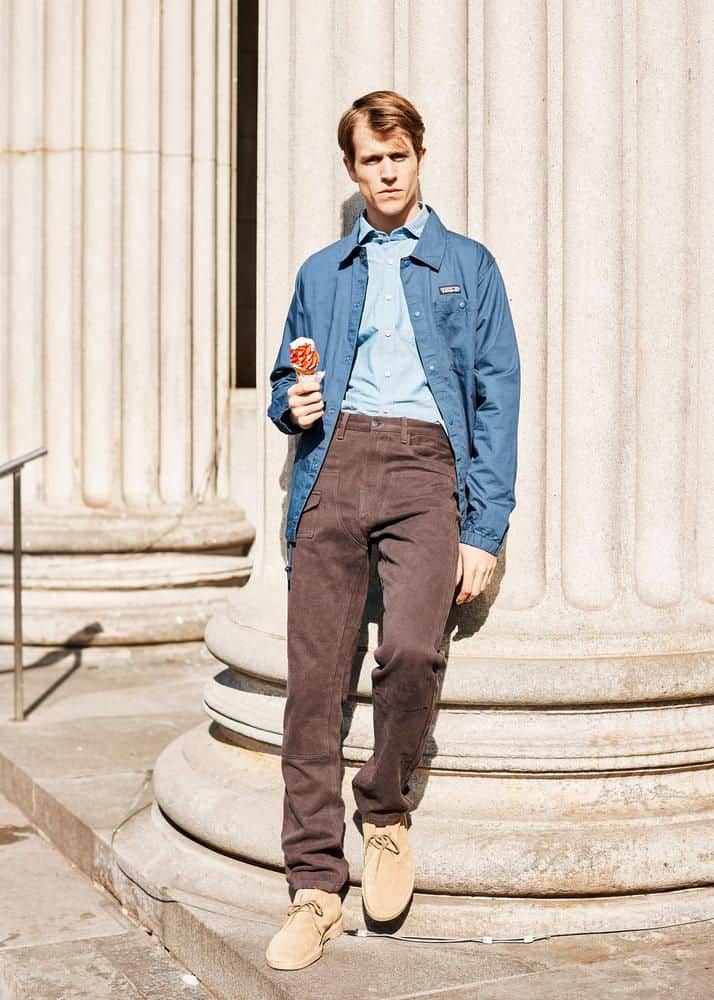
This image is property of s.wsj.net.
Fashion Brands and Designers Embracing Hemp
Patagonia: Leading the Way
Outdoor clothing brand Patagonia has been at the forefront of promoting sustainability and ethical practices in the fashion industry. They have embraced hemp as a key component of their clothing lines, recognizing its durability, breathability, and environmental benefits. Patagonia’s use of hemp fibers in their products not only showcases the versatility of hemp but also reinforces their commitment to creating long-lasting and sustainable clothing options for outdoor enthusiasts.
Stella McCartney’s Eco-Friendly Collections
Renowned fashion designer Stella McCartney is known for her commitment to ethical and sustainable fashion. She has integrated hemp fibers into her collections, combining style with environmental consciousness. McCartney’s use of hemp showcases its potential to be both fashionable and eco-friendly, challenging the notion that sustainable fashion sacrifices style and luxury. By incorporating hemp into her designs, McCartney encourages other designers to embrace innovative and sustainable materials in their own creations.
Hemp Clothing Lines by Emerging Designers
In addition to established fashion brands, emerging designers have also embraced hemp as a key material in their collections. These up-and-coming designers recognize the unique properties of hemp fibers and the positive impact they can have on the environment. By incorporating hemp into their clothing lines, emerging designers are disrupting the fashion industry and introducing new perspectives on sustainability and style. The inclusion of hemp in the creations of emerging designers paves the way for future growth and innovation in the hemp clothing sector.
Benefits of Hemp Clothing
Durability and Longevity
Hemp clothing is renowned for its durability and longevity. Hemp fibers are exceptionally strong and resistant to wear and tear, making hemp clothing last longer than garments made from other fabrics. This durability reduces the need for frequent replacement, resulting in less overall waste and a more sustainable wardrobe.
Breathability and Comfort
One of the key benefits of hemp clothing is its breathability and comfort. Hemp fibers have natural moisture-wicking properties, allowing the fabric to breathe and regulate body temperature efficiently. This makes hemp clothing ideal for warm climates or physical activities where comfort and ventilation are essential.
Antimicrobial and Hypoallergenic Properties
Hemp clothing offers unique antimicrobial and hypoallergenic properties. The natural properties of hemp fibers help prevent the growth of bacteria, mildew, and odors, making hemp clothing odor-resistant and a great choice for individuals with sensitive skin or allergies.
Biodegradability and Low Environmental Impact
One of the most significant advantages of hemp clothing is its biodegradability and low environmental impact. Unlike synthetic fabrics, which take hundreds of years to decompose, hemp clothing is fully biodegradable and returns to the earth in a short period. In addition, the cultivation of hemp plants requires fewer pesticides and chemicals, further reducing its environmental footprint.
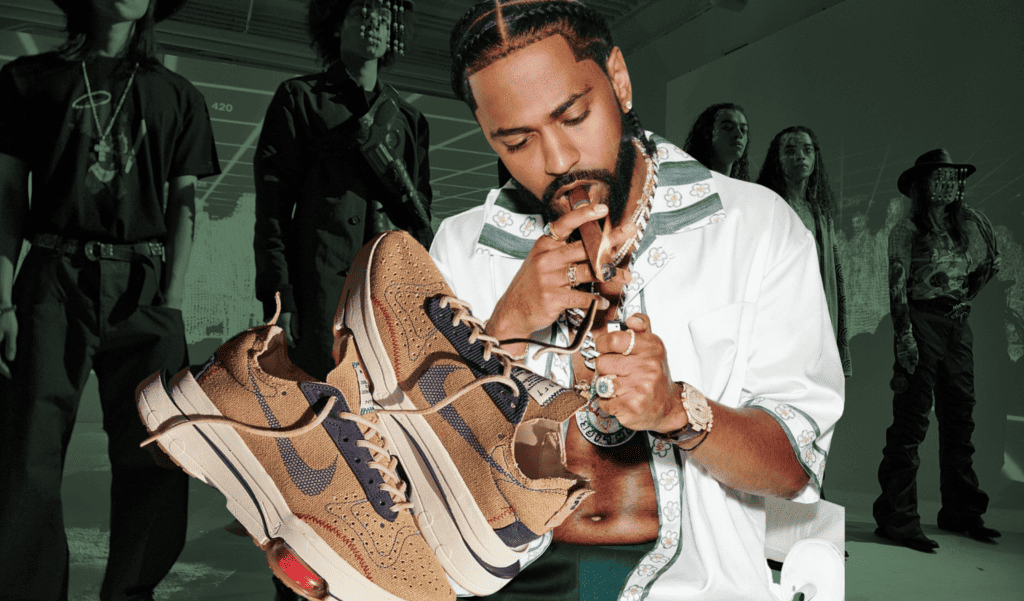
This image is property of boardroom.tv.
Innovations in Hemp Fabric and Design
Blending Hemp with Other Fibers
To enhance the properties and versatility of hemp clothing, designers and textile experts have started blending hemp with other natural fibers. Blending hemp with fibers such as organic cotton, silk, or bamboo can create fabrics with enhanced softness, drape, and color vibrancy, offering a wider range of options for fashion designers and consumers alike.
Dyeing and Printing Techniques
Advancements in dyeing and printing techniques have also contributed to the innovation of hemp fabric. Designers can now use eco-friendly and low-impact dyes and pigments to achieve vibrant and diverse color palettes. Additionally, innovative printing techniques allow for intricate patterns and designs on hemp fabric, further expanding its desirability in the fashion industry.
Creation of Versatile and Fashion-Forward Designs
Gone are the days when hemp clothing was limited to basic, shapeless garments. Designers are now creating versatile and fashion-forward designs using hemp fabric. From stylish dresses to tailored suits, hemp clothing can cater to a wide range of fashion preferences and occasions. Designers are continually pushing the boundaries of what can be achieved with hemp, resulting in unique and visually appealing garments.
Consumer Demand for Hemp Clothing
Growing Interest in Sustainable Fashion
There is an increasing interest among consumers in sustainable fashion and a desire to make more conscious choices when it comes to clothing. As people become more aware of the environmental impact of the fashion industry, they are actively seeking out alternatives that align with their values and ethics. Hemp clothing, with its eco-friendly and sustainable properties, has garnered significant attention and demand from consumers who prioritize sustainability in their fashion choices.
Public Perceptions and Attitudes
Public perceptions and attitudes towards hemp clothing have also played a crucial role in driving consumer demand. As the negative stereotypes and misconceptions surrounding hemp clothing are gradually dispelled, people are more inclined to explore this versatile and sustainable fabric. With increased awareness and education, the public’s perception of hemp clothing has shifted from a niche and fringe product to a desirable and fashionable option.
Youth Influence and Social Media
The younger generation, often referred to as millennials and Gen Z, plays a significant role in driving consumer demand for hemp clothing. These demographics are more conscious of sustainability issues and actively seek out brands and products that align with their values. Additionally, social media platforms have become powerful tools for advocacy and awareness, with influencers and eco-conscious individuals promoting hemp clothing and highlighting its benefits. The influence of youth and the reach of social media have created a ripple effect, spreading the popularity of hemp clothing among a wider audience.
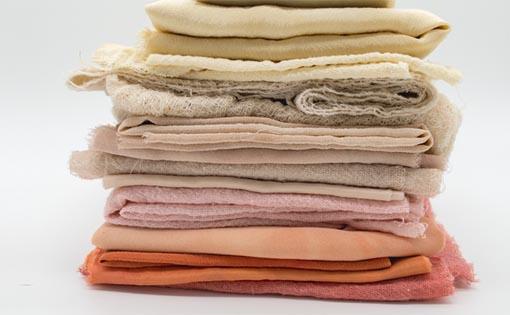
This image is property of static.fibre2fashion.com.
Future Outlook and Potential Growth
Expanding Market Opportunities
The future of hemp clothing looks promising, with expanding market opportunities on the horizon. As more consumers prioritize sustainability and seek out alternatives to conventional fashion, the demand for hemp clothing is projected to grow. Fashion brands and retailers are taking notice of this shift in consumer preferences and are incorporating hemp into their product offerings, further expanding the availability of hemp clothing in the market.
Rise in Hemp Fiber Production
The increase in demand for hemp clothing has led to a rise in hemp fiber production. Many countries are recognizing the economic and environmental potential of hemp and are relaxing their regulations, allowing for increased cultivation and harvesting. This, in turn, will lead to a more abundant supply of hemp fibers, making them more accessible and affordable for clothing manufacturers and fashion brands.
Collaboration with Fashion Industry Stakeholders
To accelerate the growth of hemp clothing, collaboration with fashion industry stakeholders is crucial. By partnering with fashion designers, manufacturers, and retailers, hemp clothing can gain further exposure and acceptance in the mainstream fashion world. Industry-wide initiatives aimed at promoting sustainable practices and materials can help foster greater innovation, awareness, and understanding of hemp clothing.
Conclusion
Hemp clothing has come a long way since its ancient origins, experiencing a revival in the 20th century and gaining recognition in the modern fashion industry. The perception of hemp clothing has evolved from stereotypes and misconceptions to an eco-friendly and sustainable image that is embraced by fashion brands, designers, and consumers. Despite the challenges faced by the hemp clothing industry, such as legal restrictions and competition from synthetic fibers, its future looks promising. With the rise of sustainable fashion, increasing consumer demand, and innovations in fabric and design, hemp clothing is poised to become a staple in the wardrobes of eco-conscious individuals who value style, comfort, and responsible fashion choices.

This image is property of imageio.forbes.com.
Recent Posts
Discover how bubble hash is rated on a 1 to 6 scale. From texture and color to aroma and potency, learn the key factors that determine the quality of bubble hash. Whether you're a seasoned cannabis...
Looking to learn about the most popular style of hash? This article explores the different types, from traditional to bubble hash, and reveals the people's favorite. Join us on a journey through the...

